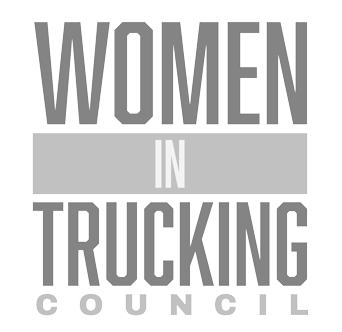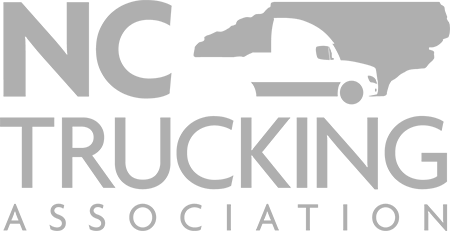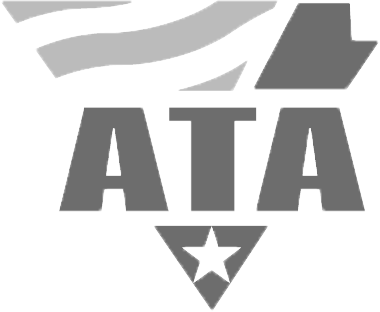The intricate network of roads connecting the United States and Mexico forms a vital artery for commerce, supporting industries and consumers across North America. As trade volumes continue to grow, especially with the rise of nearshoring, ensuring the safety and security of goods traversing this border becomes paramount. Successfully protecting Mexico cross-border trade security requires a multifaceted approach involving robust strategies, advanced technology, and strong collaboration among all parties involved. This isn’t just about preventing loss; it’s about maintaining the efficiency and reliability of a critical supply chain.
The Vital Flow of Mexico-US Cross-Border Trade
The economic relationship between Mexico and the United States is deeply intertwined, with cross-border trade serving as a cornerstone. Billions of dollars worth of goods, from automotive parts and electronics to fresh produce and manufactured items, move across the border daily. This exchange supports countless jobs and businesses on both sides.
Factors like geographical proximity, established trade agreements under USMCA, and growing interest in nearshoring are amplifying the importance of this corridor. Companies are increasingly looking to relocate manufacturing and sourcing closer to North American markets, making the Mexico-US border a critical logistics hub. Understanding the sheer volume and value of this trade highlights why protecting this flow is essential for economic stability and growth.
Key Threats Facing Goods Crossing the Border
Despite its economic importance, cross-border trade is not without its challenges, particularly concerning security. Shipments can face a range of threats that disrupt supply chains, cause financial losses, and potentially endanger personnel.
- Cargo Theft: One of the most significant and widely reported threats is the theft of goods in transit. Organized crime groups target high-value cargo, leading to substantial financial impact for shippers and carriers.
- Smuggling and Contraband: Illicit goods can be hidden within legitimate shipments, complicating border inspections and potentially leading to delays and legal issues for the unaware carrier or shipper.
- Infrastructure Challenges: Congestion at border crossings, delays due to inspections, and varying road conditions can create vulnerabilities that opportunistic criminals exploit.
- Regulatory and Compliance Hurdles: Navigating the complex and sometimes changing customs regulations in both countries can lead to errors that cause delays or expose shipments to risk.
- Internal Threats: While less common, collusion or negligence by individuals within the supply chain can also compromise security.
These threats underscore the necessity for proactive and comprehensive security measures when moving freight across the border. Addressing these risks is a key part of protecting Mexico cross-border trade security.
Implementing Strategies for Protecting Mexico Cross-Border Trade Security
Effective security isn’t a single action; it’s a layered strategy covering planning, execution, and monitoring. Businesses involved in Mexico-US trade must implement robust measures at every step of the journey.
Key strategies include:
- Risk Assessment: Identify potential vulnerabilities based on the type of cargo, routes, and known threat levels in specific regions.
- Carrier Vetting: Partnering with reputable, experienced carriers that have demonstrated security protocols is crucial. Look for carriers familiar with the specific challenges of the Mexico-US corridor.
- Enhanced Physical Security: Utilizing secure parking locations, high-security seals on trailers, and potentially covert tracking devices can deter theft and aid recovery.
- Route Planning and Monitoring: Plan routes to avoid known high-risk areas and monitor shipments in real-time, especially during vulnerable periods like stops or border queues.
- Documentation Accuracy: Ensure all customs and shipping documentation is accurate and complete to minimize delays and scrutiny at the border.
Implementing these strategies helps create a more resilient supply chain, proactively protecting Mexico cross-border trade security.
Technology and Innovation Securing the Supply Chain
Technology plays an increasingly vital role in enhancing security for cross-border shipments. From advanced tracking systems to data analytics, innovative solutions provide greater visibility and control.
Modern technology tools include:
- Real-Time GPS Tracking: Provides precise location data, enabling constant monitoring and rapid response if a deviation occurs. Systems with open API integrations allow seamless data flow into shipper or broker platforms. Understanding real-time freight visibility is key.
- Telemetry and Sensor Data: Sensors can monitor trailer door status, temperature, humidity, and even detect unauthorized access, providing critical alerts.
- Integrated Platforms: Transportation Management Systems (TMS) and other logistics platforms can integrate security data, providing a centralized view of potential risks and incident reporting.
- AI and Predictive Analytics: Analyzing historical data can help identify patterns, predict potential risks on certain routes or times, and inform security planning.
- High-Security Seals and Locking Mechanisms: Tamper-evident seals and electronic locks add physical barriers to trailers.
Leveraging these technologies provides layers of security, improves reaction time, and offers valuable data for continuous improvement in protecting Mexico cross-border trade security.
Collaboration is Key Public and Private Efforts
Effective cross-border security is a shared responsibility. Collaboration between government agencies in both the U.S. and Mexico and private sector stakeholders—shippers, carriers, customs brokers, and technology providers—is essential.
Government programs like Customs-Trade Partnership Against Terrorism (C-TPAT) in the U.S. and its Mexican equivalent, Nuevo Esquema de Empresa Certificada (NEEC), encourage businesses to implement enhanced security measures in exchange for potential benefits like reduced inspections and faster processing. Participation in these programs signifies a commitment to security and helps streamline border operations.
Private sector collaboration involves sharing threat intelligence, developing industry best practices, and working together to adopt common security standards. Building strong relationships with trusted partners on both sides of the border is invaluable for navigating challenges and responding to incidents swiftly. Joint initiatives and information sharing forums can significantly enhance the collective ability to improve Mexico cross-border trucking security.
Best Practices for Shippers and Carriers to Enhance Security
Both shippers and carriers have critical roles to play in bolstering security for cross-border movements. Adhering to best practices can significantly mitigate risks and improve supply chain resilience.
For Shippers:
- Choose Certified Partners: Work with carriers and brokers who are C-TPAT certified or have equivalent recognized security certifications.
- Understand Your Cargo’s Risk Profile: Be aware of the street value and target desirability of your goods.
- Require Visibility: Demand real-time tracking and communication from your carrier.
- Secure Packaging and Loading: Ensure goods are securely packaged and loaded to prevent tampering or shifting in transit.
- Educate Your Team: Train your logistics and security personnel on cross-border risks and protocols.
For Carriers:
- Implement Driver Vetting and Training: Hire reliable drivers and provide specific training on cross-border security procedures, including what to do in emergency situations.
- Utilize Secure Equipment: Maintain trucks and trailers to a high standard and use advanced security features like reinforced locks and tracking devices.
- Adhere to Security Protocols: Follow strict procedures for trailer pickup, transit, and delivery, including using designated secure parking areas.
- Maintain Communication: Stay in constant contact with dispatch and drivers, especially during border procedures or stops.
- Understand Routes: Be aware of route-specific risks and plan accordingly.
By jointly adopting these best practices, shippers and carriers contribute significantly to protecting Mexico cross-border trade security, ensuring goods arrive safely and on time. The commitment to vigilance and security is an ongoing process that benefits the entire supply chain ecosystem. For more specific guidance, exploring secure Mexico cross-border nearshoring trucking tips is highly recommended.
Strengthening the security of the Mexico-US trade corridor is an ongoing effort that requires continuous adaptation to evolving threats. Businesses that prioritize de-risking nearshoring Mexico trucking logistics and invest in security measures are better positioned to thrive in this dynamic market. Reliable information on trade security is available from official sources like U.S. Customs and Border Protection (CBP) and industry publications such as FreightWaves, which frequently cover cross-border logistics and security topics.
Have questions? Contact us here.














